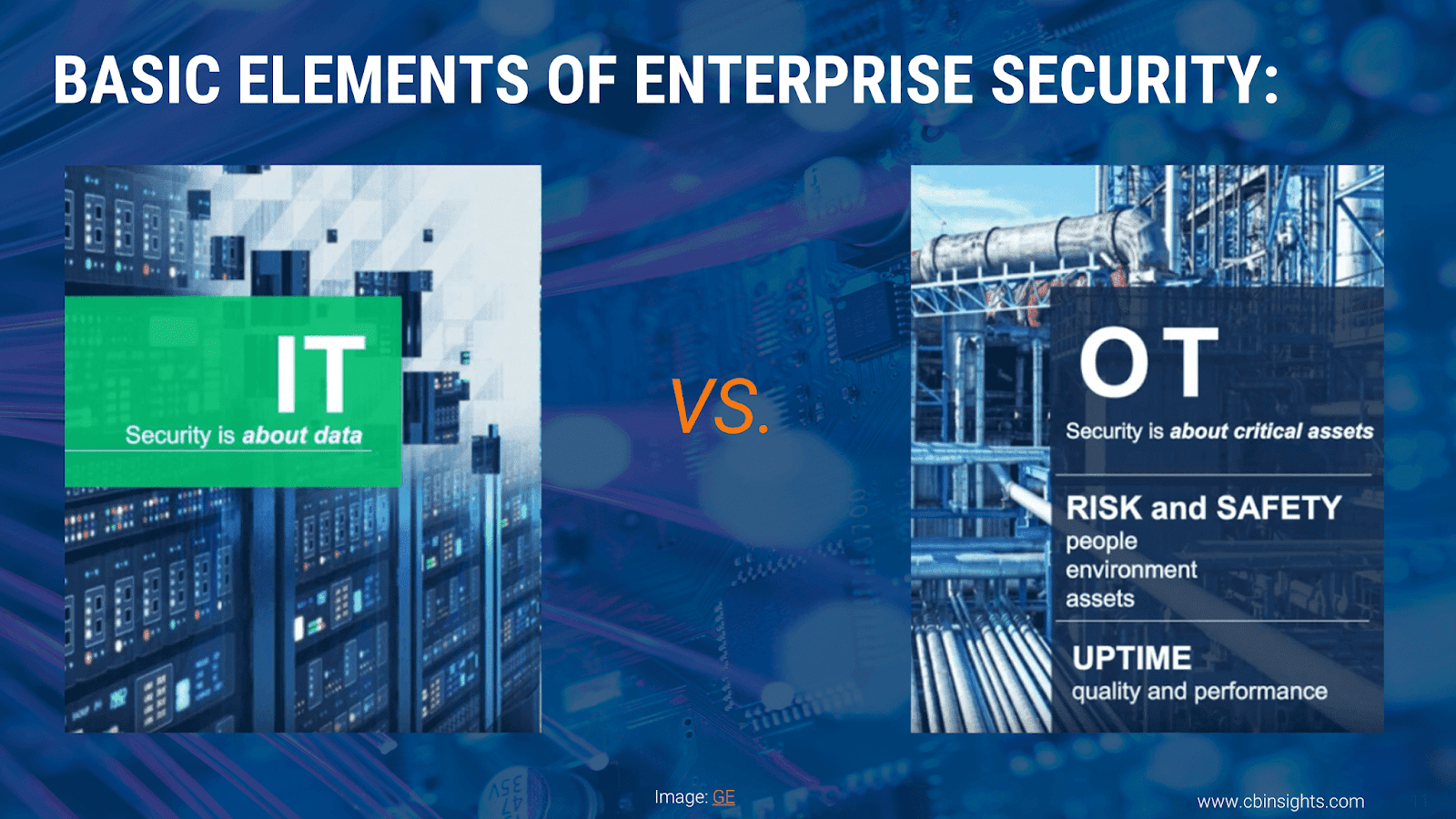Cybersecurity pros don’t feel equipped to stop insider attacks

Based on interviews with nearly 1,500 cybersecurity professionals over three years, Haystax Technology released a study that makes it clear that organizations are feeling the pressure from insider threats and are ramping up detection, prevention and remediation. Regular employees are surpassing privileged users as biggest insider security risk “One consistent message we heard in all of these interviews was that cybersecurity professionals don’t feel equipped to stop insider attacks, despite an increase in funding for things like better controls and training,” said Haystax CEO Bryan Ware. “I’m not surprised that so many are now using analytics, as they need actionable intelligence to proactively identify and defend against threats from both malicious insiders and negligent users.” Key findings In 2017, 90 percent of organizations reported feeling vulnerable to insider attacks , up from 64 percent in 2015. Haystax predicts 99 percent of organizations will ...





